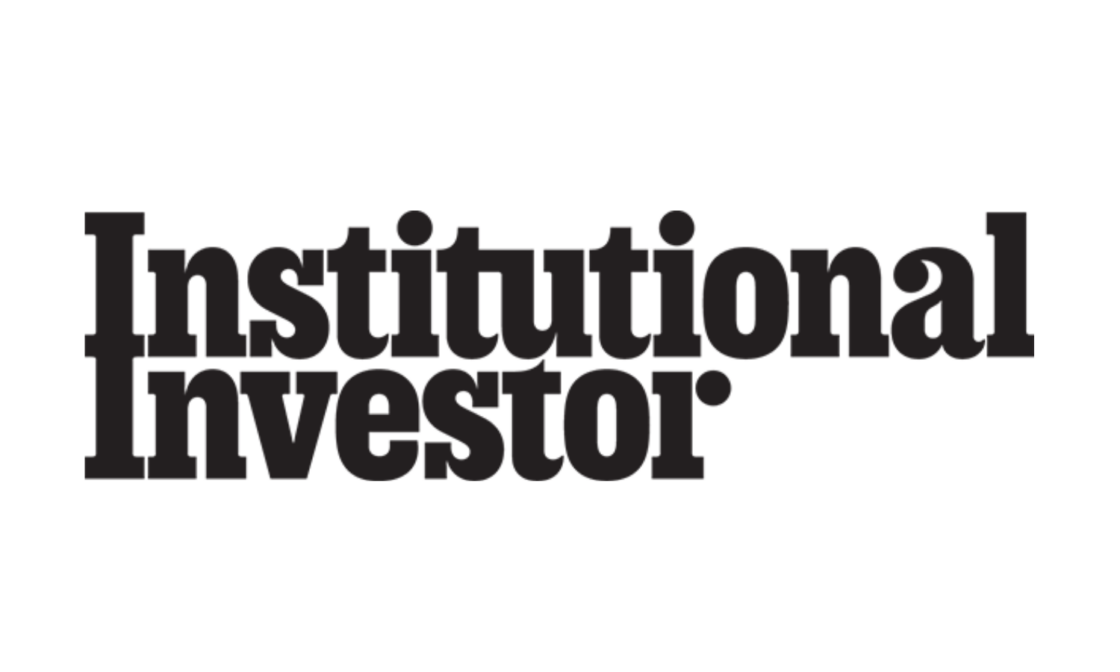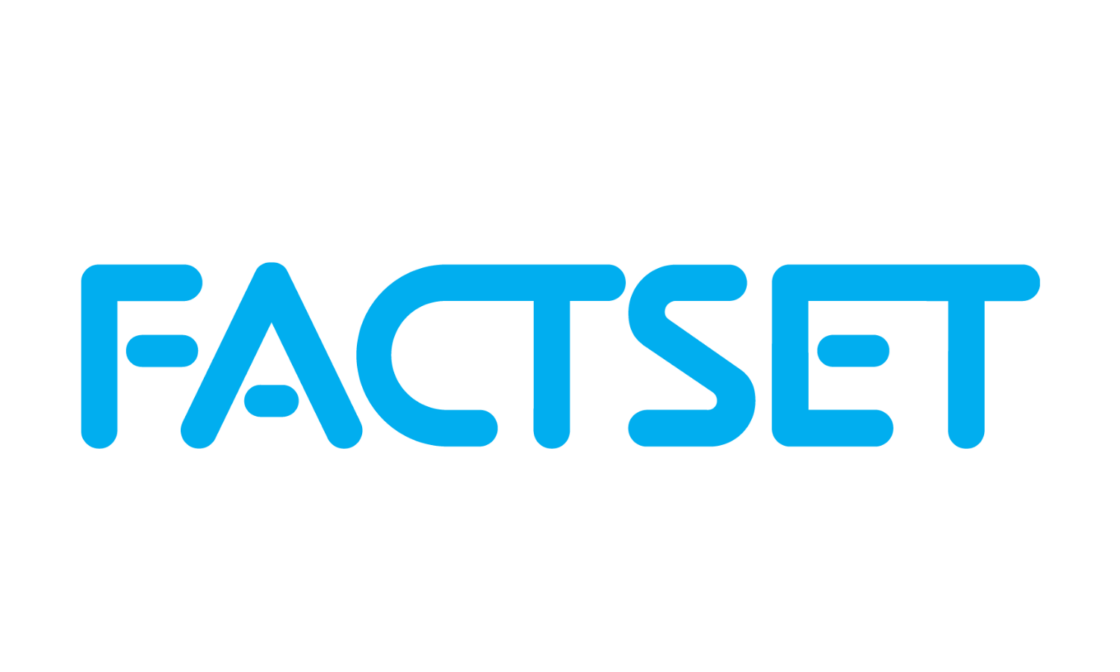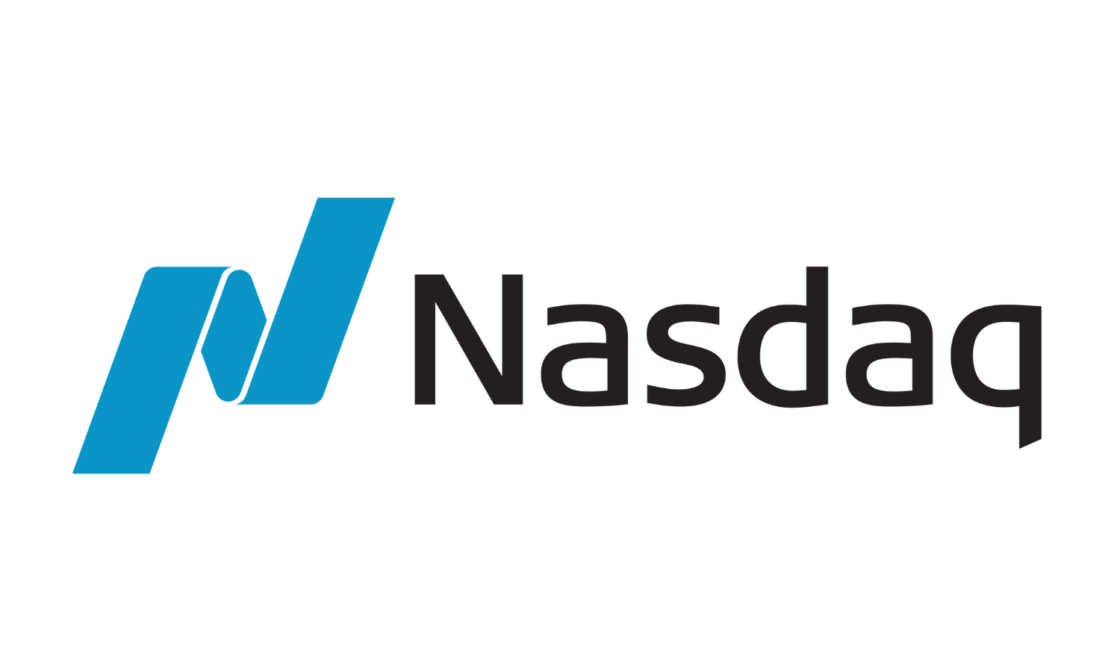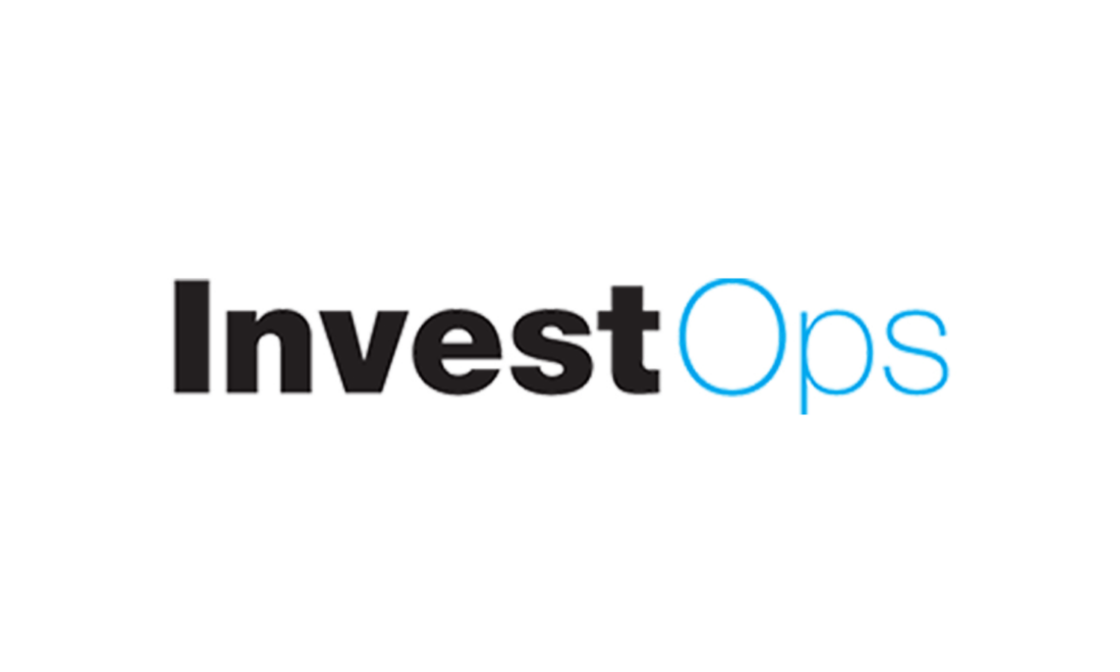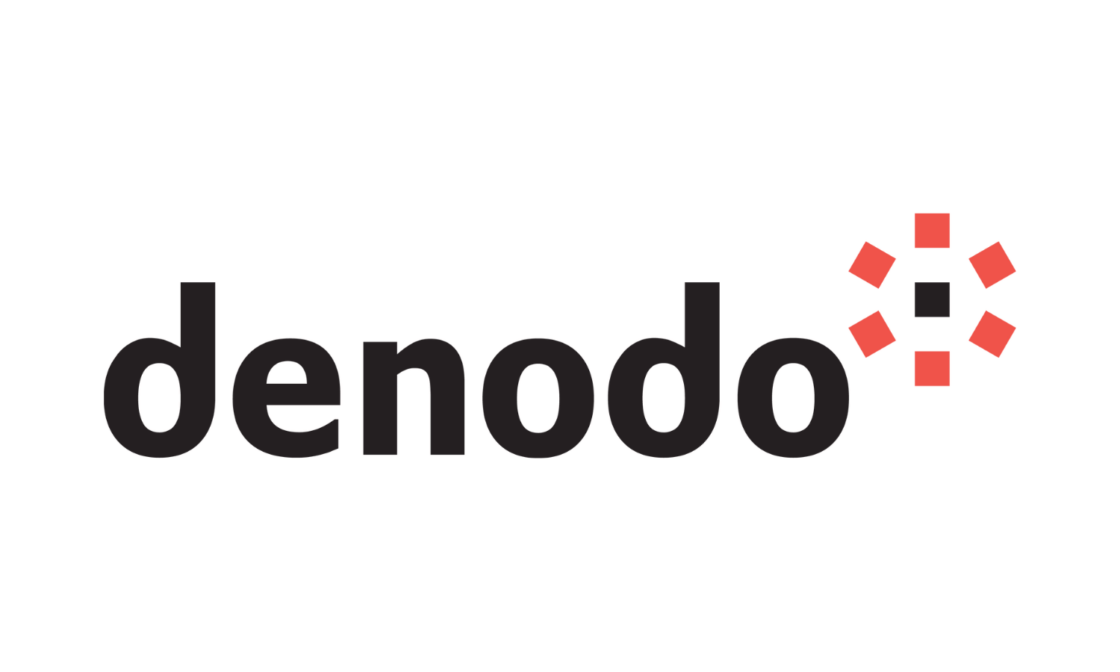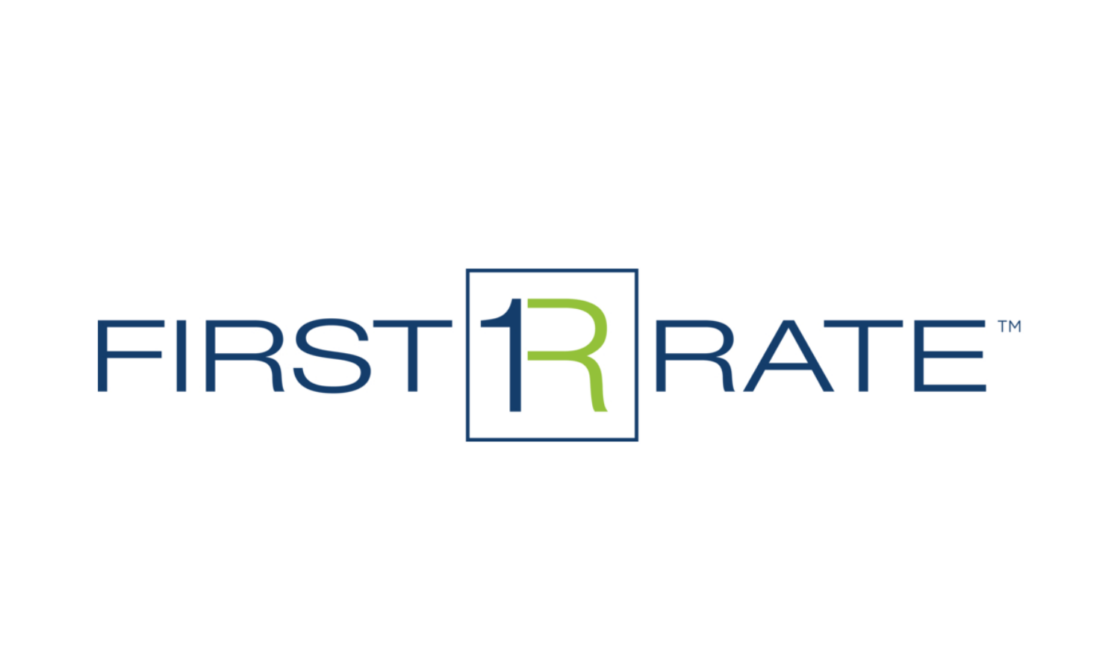Knowledge Center
Latest Insights
All
Thought Leaderships
Case Studies
Events
Press Releases

thought_leadership
thought leadership
Unlocking GIPS® Compliance Benefits for Asset Owners
Service: Solution Design, Strategy and Roadmap
Expertise: GIPS® Advisory
Client: Asset Managers
Author: Laurie Hesketh, Natasha Romanova
thought leadership
Balancing Art and Science: Returns & Benchmarking Processing for Asset Owners
Service: Solution Design, Strategy and Roadmap
Expertise: Performance, Risk & Analytics
Client: Asset Owner
Author: Jose Michaelraj, Richard Mailhos
thought leadership
Unlocking Potential: The Secret Weapon of Single Relationship Managers
Service: Program and Project Management
Expertise: Client Experience
Client: Service Providers & Outsourcers
Author: Byron Derti
thought leadership
Building a Resilient Data Strategy: Learning from UniSuper’s Google Cloud Incident
Service: Strategy and Roadmap
Expertise: Data and Technology
Author: Clay Corcimiglia
thought leadership
Migrating from Internal Data Stores to Cloud-Based Data Vaults: An Exploration
Service: System Rationalization, Vendor Selection
Expertise: Data and Technology
Client: Asset Managers
Author: Nicol O'Connor
thought leadership
Recap: 2024 Investment Data and Analytics Symposium
Expertise: Data and Technology
Author: Meradia Consultant
thought leadership
Competitive Edge and Business Value Begins With Data Quality
Service: Strategy and Roadmap
Expertise: Data and Technology
Author: Brian Buzzelli
thought leadership
Cash Drag or Collateral-Derived Alpha: The Choice Is Yours
Expertise: Front Office & Portfolio Management
Client: Asset Managers
Author: Ryan Bond
thought leadership
Charting the Course: Enhancing Performance Through Effective Private Market and External Manager Practices
Service: Solution Design, Strategy and Roadmap
Expertise: All Meradia
Client: Asset Owner
Author: Jose Michaelraj
thought leadership
The AI Revolution: Must-Knows for Financial Operations Leaders
Author: Daniel Cantando
thought leadership
Meradia’s 2024 Industry Outlook
Expertise: All Meradia
Client: Asset Managers
Author: Laurie Hesketh, Richard Mailhos
thought leadership
Secrets to Successful Data Transformation Strategies
Service: Competitive Assessment, Strategy and Roadmap
Expertise: Data and Technology
Client: Asset Managers, Pension
Author: Brian Buzzelli
thought leadership
Data Mesh – Investment Industry Trend or Unicorn?
Service: Solution Design, Strategy and Roadmap
Expertise: Data and Technology
Client: Asset Managers
Author: Andrew Jacob
thought leadership
UAT for Performance Transformations Is Notoriously Difficult. It Doesn’t Need To Be.
Service: Conversion and Implementation
Expertise: Performance, Risk & Analytics
Client: Asset Managers
Author: Clay Corcimiglia
thought leadership
Operational Challenges of M&A with Jonathan Boersma, CFA | GIPS® 2023
Expertise: All Meradia
Author: Jonathan Boersma
thought leadership
Facing the Challenges of Mergers and Acquisitions
Service: Strategy and Roadmap
Expertise: All Meradia
Client: Asset Managers
Author: Jonathan Boersma
thought leadership
Maximizing Value In Asset Management: A Closer Look At Insourced Operations
Service: Strategy and Roadmap
Expertise: Data and Technology
Client: Asset Managers
Author: Christopher Bodkins
thought leadership
Revolutionize Investment Operations With AI-Driven Data Catalogs
Service: Conversion and Implementation
Expertise: Data and Technology
Client: Asset Managers
Author: Andrew Jacob
thought leadership
Vital Elements for Effective Execution of a Proof of Concept
Expertise: All Meradia
Client: Asset Managers
Author: Nicol O'Connor
thought leadership
The Value of Exception-Based Processing
Service: Process Design and Change
Expertise: Client Experience, Front Office & Portfolio Management, Middle & Back Office Optimization
Client: Asset Managers
Author: Pouneh Poutas
thought leadership
Reap More Value From Data in Operational Transformations
Client: Industry Vendors, Pension
Author: Jose Michaelraj
thought leadership
Meradia and State Street: Transforming your operating model with data and technology
Expertise: All Meradia, Data and Technology
Author: Christopher Cassara
thought leadership
Attribution for Asset Owners
Service: Solution Design, Vendor Selection
Expertise: Performance, Risk & Analytics
Client: Asset Managers, Wealth Managers
Author: Meradia Consultant
thought leadership
Data-Centric KPIs Enable Effective Management of Investment Performance Operations
Expertise: Data and Technology
Client: Asset Managers
Author: Clay Corcimiglia
thought leadership
Solving for Scale: Thought Leadership Webinar
Service: Process Design and Change
Expertise: Performance, Risk & Analytics
Client: Asset Managers
Author: Jonathan Boersma
thought leadership
Implementation Handbook: Capturing PoC Insights for Future Implementation
Service: Program and Project Management
Expertise: All Meradia
Client: Asset Managers
Author: Nicol O'Connor
thought leadership
Don’t Be Afraid of the Mesh
Service: Process Design and Change
Expertise: GIPS® Advisory
Client: Asset Managers
Author: Andrew Jacob
thought leadership
Natural Allies: Investment Performance and the Data Office
Service: Solution Design
Expertise: Data and Technology, Performance, Risk & Analytics
Client: Asset Managers
Author: Andrew Jacob, Laurie Hesketh
thought leadership
Operational Transformations: A Data-Driven Approach
Service: Conversion and Implementation
Expertise: Data and Technology
Client: Asset Managers
Author: Jose Michaelraj
thought leadership
From Complexity to Efficiency – Modernizing Data Pipelines
Service: Conversion and Implementation, Solution Design
Expertise: Data and Technology
Author: Andrew Jacob
thought leadership
Solving for Scale: Transforming Investment Operations to Meet Rapid Growth
Service: Process Design and Change
Expertise: Performance, Risk & Analytics
Client: Asset Managers
Author: Jonathan Boersma, Jose Michaelraj
thought leadership
Proactive Project Management: 3 Steps to Preventing Early Setbacks
Service: Program and Project Management
Expertise: All Meradia
Author: Christopher Dyer
thought leadership
Investment Performance Is a Data Management Challenge
Service: Solution Design
Expertise: Data and Technology, Performance, Risk & Analytics
Author: Laurie Hesketh
thought leadership
Reduce Risk and Enable Scalability in Derivatives Processing by Modernizing Processes and Technology
Service: Conversion and Implementation
Client: Asset Managers
Author: Jake Daly-Leonard
thought leadership
Establish Solid Foundations to Drive Successful Outcomes From Proof-of-Concept Work
Expertise: All Meradia
Client: Asset Managers, Asset Owner
Author: Nicol O'Connor
thought leadership
The Cost of Reactive Controls
Service: Process Design and Change, Solution Design
Expertise: All Meradia, Data and Technology
Author: Jill Stassel
thought leadership
How to Find the Right Solution for Transforming Your Front-to-Back Office Operations
Service: Vendor Selection
Expertise: All Meradia
Client: Asset Managers
Author: Martin Ouellette
thought leadership
A Business Case for Fractional Performance Oversight
Service: Process Design and Change
Expertise: Performance, Risk & Analytics
Client: Asset Managers
Author: Jonathan Boersma, Meradia Consultant
thought leadership
Replacing Your Legacy Investment Operations Software? Don’t Ignore These Three Red Flags
Expertise: Investment Accounting
Author: Brian Lollar
thought leadership
Nine Trends Defining Financial Data Management in 2023 and Beyond
Service: Strategy and Roadmap
Expertise: Data and Technology
Author: Andrew Jacob
thought leadership
Top 3 Reasons Why Asset Owners Should Claim GIPS® Compliance
Service: Strategy and Roadmap
Expertise: GIPS® Advisory
Client: Wealth Managers
Author: Meradia Consultant
thought leadership
Modernizing Derivatives Oversight Through Accounting Optimization
Service: Solution Design
Expertise: Derivatives and Collateral, Investment Accounting
Client: Asset Managers
Author: Jake Daly-Leonard
thought leadership
The Evolution of Client Experience and Client Communications
Service: Process Design and Change
Expertise: Client Experience
Client: Asset Managers
Author: Meradia Consultant
thought leadership
Proving Your Data Is Ready: A Framework for Prototyping Performance Measurement
Service: Solution Design
Expertise: Performance, Risk & Analytics
Client: Asset Managers, Asset Owner
Author: Meradia Consultant
thought leadership
4 Mistakes When Implementing a Data Catalog
Expertise: Data and Technology
Client: Asset Managers
Author: Andrew Jacob
thought leadership
Automation: Taking Back Control From Excel and Email Anarchy
Service: System Rationalization
Expertise: Data and Technology
Client: Asset Managers
Author: Byron Derti, Mick Cartwright
thought leadership
Four Signs Your Firm Is Ready for a Consolidated Front-To-Back Solution
Service: System Rationalization
Client: Asset Managers, Asset Owner
Author: Meradia Consultant
thought leadership
Market Data Contracts – Managing the Invisible Fence
Expertise: Data and Technology
Client: Asset Managers
Author: Andrew Jacob, Jose Michaelraj
case_study
case study
Performance Vendor Selection: RFP and Proof of Concept
Case Study Category: Pension, Performance, Risk & Analytics, Program & Project Management, System Rationalization, Vendor Selection
case study
Client Reporting for Multi-Family Office
Case Study Category: Asset Managers, Client Experience, Family Offices, Solution Design, Strategy & Roadmap, Wealth Managers
case study
IBOR and ABOR Needs Assessments and Roadmap for OCIO
Case Study Category: Investment Accounting, Outsourced Chief Investment Officers (OCIO), Solution Design, Strategy & Roadmap
case study
End-to-End Process Evaluation for Service Provider
Case Study Category: Middle & Back Office Optimization, Process Design & Change, Service Providers & Outsourcers
case study
Accounting RFP for Multi-Family Office
event
event
CFA INSTITUTE 28th ANNUAL GIPS® STANDARDS CONFERENCE
Category: Upcoming Events
Associated Vendors: FactSet
event
INVESTOPS USA 2024
Category: Past Events
Associated Vendors: Accelex, BNY / CIBC, FactSet, FundGuard, Rimes, SimCorp, SnowFlake, SS&C Technologies, State Street Alpha
event
FINANCIAL TECHNOLOGIES FORUM: PERFORMANCE MEASUREMENT AND CLIENT REPORTING CONFERENCE
Category: Past Events
Associated Vendors: BNY / CIBC
event
FINANCIAL TIMES: FUTURE OF ASSET MANAGEMENT NORTH AMERICA 2023
Category: Past Events
Associated Vendors: Denodo
event
THE POWER OF THREE: WEBINAR by SS&C
Category: Past Events
Associated Vendors: SS&C Technologies
event
WOMEN IN PERFORMANCE MEASUREMENT GROUP MEETING 2023
Category: Past Events
Associated Vendors: FactSet
event
26TH ANNUAL GIPS® STANDARDS CONFERENCE
Category: Past Events
Associated Vendors: SS&C Technologies
event
SIMCORP NORTH AMERICAN USER SUMMIT 2022 (NAUS)
Category: Past Events
Associated Vendors: SimCorp
event
CONFLUENCE & Meradia Webinar: SEC Marketing Rule
Category: Past Events
Associated Vendors: Confluence
event
FIRST RATE & Meradia Webinar: SEC Marketing Rule
Category: Past Events
Associated Vendors: First Rate
event
PERFORMANCE TEAMS UNDER PRESSURE: MANAGING THE DATA, TOOLS & TECHNOLOGY IN A RAPIDLY CHANGING LANDSCAPE
Category: Past Events
Associated Vendors: BNY
event
FINANCIAL TECHNOLOGIES FORUM WEBINAR – CAN CLIENT REPORTING BECOME A PROFIT CENTER?
Category: Past Events
Associated Vendors: SimCorp
event
TSAM BOSTON: THE SUMMIT FOR ASSET MANAGEMENT 2019
Category: Past Events
Associated Vendors: SimCorp
press_release
thought leadership
Unlocking GIPS® Compliance Benefits for Asset Owners
Service: Solution Design, Strategy and Roadmap
Expertise: GIPS® Advisory
Client: Asset Managers
Author: Laurie Hesketh, Natasha Romanova
event
CFA INSTITUTE 28th ANNUAL GIPS® STANDARDS CONFERENCE
Category: Upcoming Events
Associated Vendors: FactSet
thought leadership
Balancing Art and Science: Returns & Benchmarking Processing for Asset Owners
Service: Solution Design, Strategy and Roadmap
Expertise: Performance, Risk & Analytics
Client: Asset Owner
Author: Jose Michaelraj, Richard Mailhos
thought leadership
Unlocking Potential: The Secret Weapon of Single Relationship Managers
Service: Program and Project Management
Expertise: Client Experience
Client: Service Providers & Outsourcers
Author: Byron Derti
thought leadership
Building a Resilient Data Strategy: Learning from UniSuper’s Google Cloud Incident
Service: Strategy and Roadmap
Expertise: Data and Technology
Author: Clay Corcimiglia
thought leadership
Migrating from Internal Data Stores to Cloud-Based Data Vaults: An Exploration
Service: System Rationalization, Vendor Selection
Expertise: Data and Technology
Client: Asset Managers
Author: Nicol O'Connor
thought leadership
Recap: 2024 Investment Data and Analytics Symposium
Expertise: Data and Technology
Author: Meradia Consultant
thought leadership
Competitive Edge and Business Value Begins With Data Quality
Service: Strategy and Roadmap
Expertise: Data and Technology
Author: Brian Buzzelli
thought leadership
Cash Drag or Collateral-Derived Alpha: The Choice Is Yours
Expertise: Front Office & Portfolio Management
Client: Asset Managers
Author: Ryan Bond
case study
Performance Vendor Selection: RFP and Proof of Concept
Case Study Category: Pension, Performance, Risk & Analytics, Program & Project Management, System Rationalization, Vendor Selection
thought leadership
Charting the Course: Enhancing Performance Through Effective Private Market and External Manager Practices
Service: Solution Design, Strategy and Roadmap
Expertise: All Meradia
Client: Asset Owner
Author: Jose Michaelraj
thought leadership
The AI Revolution: Must-Knows for Financial Operations Leaders
Author: Daniel Cantando
thought leadership
Meradia’s 2024 Industry Outlook
Expertise: All Meradia
Client: Asset Managers
Author: Laurie Hesketh, Richard Mailhos
thought leadership
Secrets to Successful Data Transformation Strategies
Service: Competitive Assessment, Strategy and Roadmap
Expertise: Data and Technology
Client: Asset Managers, Pension
Author: Brian Buzzelli
event
INVESTOPS USA 2024
Category: Past Events
Associated Vendors: Accelex, BNY / CIBC, FactSet, FundGuard, Rimes, SimCorp, SnowFlake, SS&C Technologies, State Street Alpha
event
FINANCIAL TECHNOLOGIES FORUM: PERFORMANCE MEASUREMENT AND CLIENT REPORTING CONFERENCE
Category: Past Events
Associated Vendors: BNY / CIBC
thought leadership
Data Mesh – Investment Industry Trend or Unicorn?
Service: Solution Design, Strategy and Roadmap
Expertise: Data and Technology
Client: Asset Managers
Author: Andrew Jacob
thought leadership
UAT for Performance Transformations Is Notoriously Difficult. It Doesn’t Need To Be.
Service: Conversion and Implementation
Expertise: Performance, Risk & Analytics
Client: Asset Managers
Author: Clay Corcimiglia
thought leadership
Operational Challenges of M&A with Jonathan Boersma, CFA | GIPS® 2023
Expertise: All Meradia
Author: Jonathan Boersma
thought leadership
Facing the Challenges of Mergers and Acquisitions
Service: Strategy and Roadmap
Expertise: All Meradia
Client: Asset Managers
Author: Jonathan Boersma
thought leadership
Maximizing Value In Asset Management: A Closer Look At Insourced Operations
Service: Strategy and Roadmap
Expertise: Data and Technology
Client: Asset Managers
Author: Christopher Bodkins
thought leadership
Revolutionize Investment Operations With AI-Driven Data Catalogs
Service: Conversion and Implementation
Expertise: Data and Technology
Client: Asset Managers
Author: Andrew Jacob
thought leadership
Vital Elements for Effective Execution of a Proof of Concept
Expertise: All Meradia
Client: Asset Managers
Author: Nicol O'Connor
thought leadership
The Value of Exception-Based Processing
Service: Process Design and Change
Expertise: Client Experience, Front Office & Portfolio Management, Middle & Back Office Optimization
Client: Asset Managers
Author: Pouneh Poutas
thought leadership
Reap More Value From Data in Operational Transformations
Client: Industry Vendors, Pension
Author: Jose Michaelraj
thought leadership
Meradia and State Street: Transforming your operating model with data and technology
Expertise: All Meradia, Data and Technology
Author: Christopher Cassara
 info@meradia.com
info@meradia.com















































































